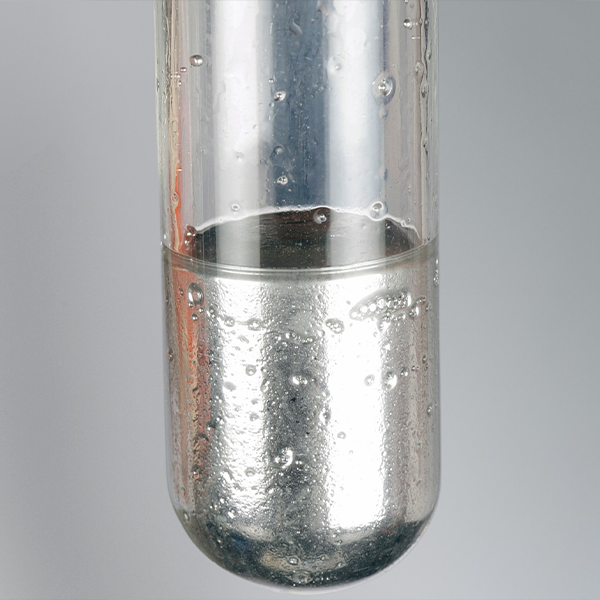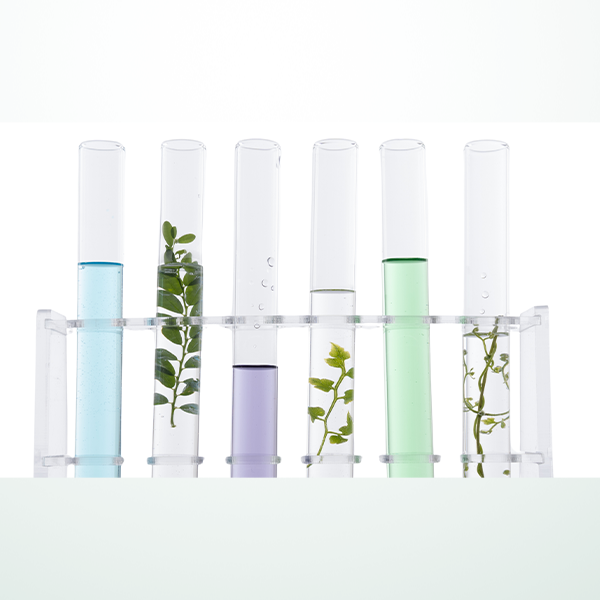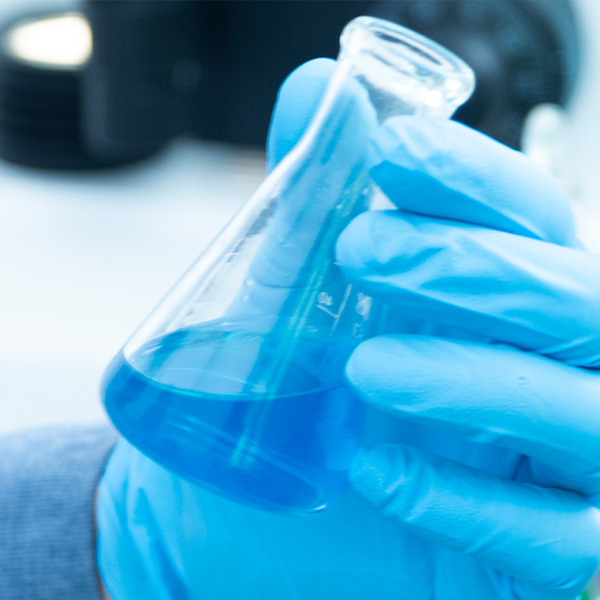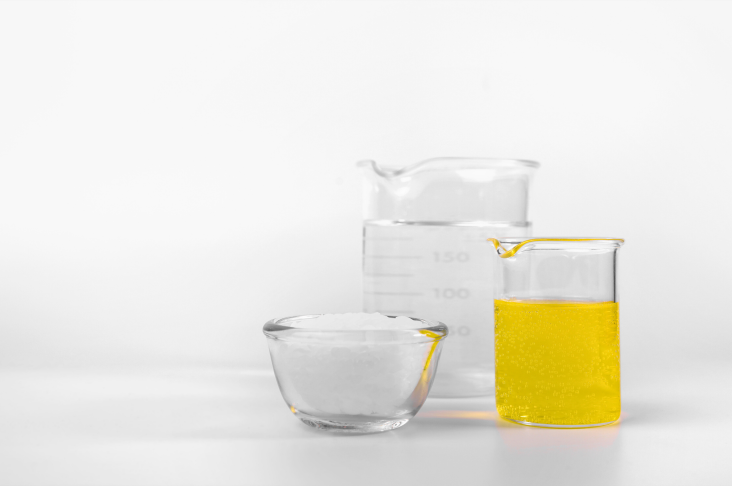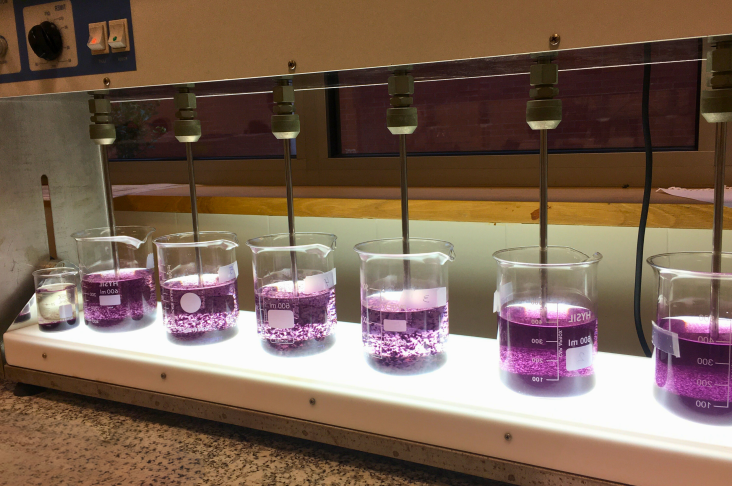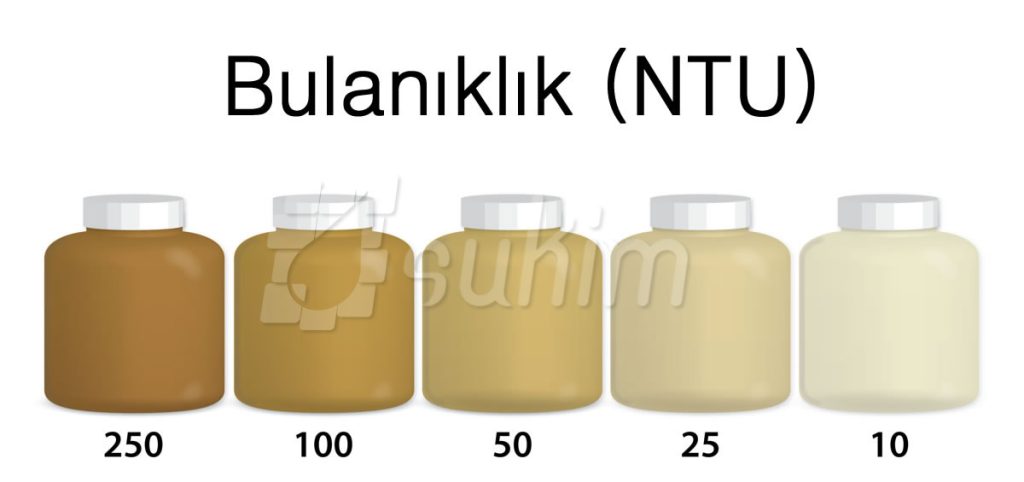
The main causes of turbidity in raw water are clay, algae, silt, and other non-settling suspended solids. Turbidity, which is a measure of light transmittance, originates from suspended solids (TSS).
Particles and colloids that cause turbidity may carry certain pathogens on their surfaces. An excess of these particles and colloids in water reduces the efficiency of disinfection against pathogens. In addition, they create surfaces to which heavy metals such as cadmium, mercury, and lead, as well as organic substances, can attach. Turbidity in drinking water directly affects its usability for various purposes such as aesthetics, consumption, and industrial applications.


